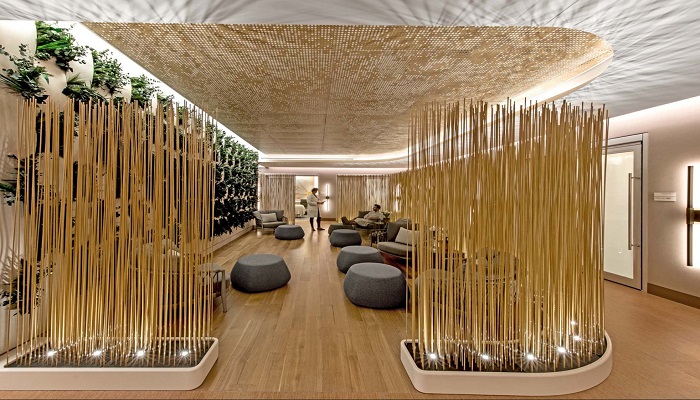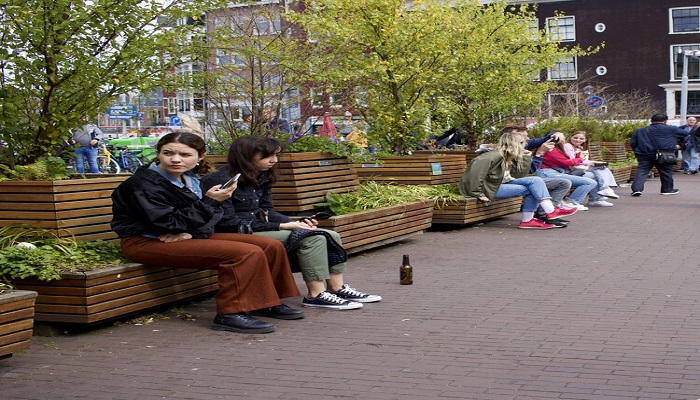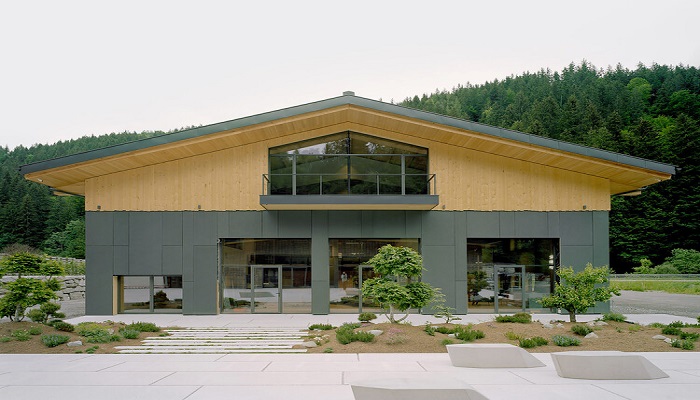Healthcare Practice Leader Karen Freeman and Senior Medical Planner Laura Poltronieri share insights on designing pediatric healthcare facilities that accommodate the needs of patients with neurodiverse conditions.
Freeman and Poltronieri detail how HOK’s Healthcare group designs spaces that enhance the healthcare experience for neurodivergent patients and their families from the moment a patient arrives at the facility.
Excerpted from I+S Design:
Especially in an entryway, overwhelming colors, light and activity should be avoided. A secondary entrance and set of elevators could be considered to allow for a less stimulating introduction to the space. Clients can be sold on these moves with the prospect of having a very well-oiled machine—patients that are calm and comfortable allow staff to do their jobs in a much more efficient and meaningful manner.
Play spaces that address all sensory needs from seekers to avoidance should be considered, as well as therapeutic seating options from swings to rocking chairs. Pet therapy zones can also make for an experience that get children excited for repeat visits. Small enclosures like those that populate the waiting room at Lucile Packard Children’s Hospital at Stanford in Palo Alto, Calif. return a sense of control back into the hands of patients, giving them a healthy form of escape.
Activity carts and child life specialists to facilitate their use also play an important role in waiting areas. They’re being used for arts and crafts, sensory activities and even bereavement or end-of-life activities such as honoring a child with a handprint, footprint or scrapbook.
LED lighting is inexpensive and long-lasting, comes in different shapes, formats and colors and most importantly can be dimmable and quiet.
Freeman and Poltronieri advise against automatic flush valves on toilets as it can be very alarming for children. They also report seeing fewer and fewer hospitals using overhead paging technology and opting instead for individual paging systems, some with badges and a call button with RFDI tracking. It allows staff to quickly call security or for reinforcements without contributing to overhead noise.
Promoting wellness and wellness education should always be a priority, with access to nutritious food and natural light.
“From a project management standpoint, one of our biggest challenges is advocating for design decisions that are different from the status quo,” said Freeman. “We always explain to our clients that what is good for neurodiverse patients—clarity, control, outdoor access—is actually good for all patients. They know that every design decision they make has an impact on the project goals, budget and timeline. If we can make the case for sensitive design solutions that improve the experience for all, the focus shifts from concerns about cost and schedule to the potential positive impact of these choices.”
Source: HOK



